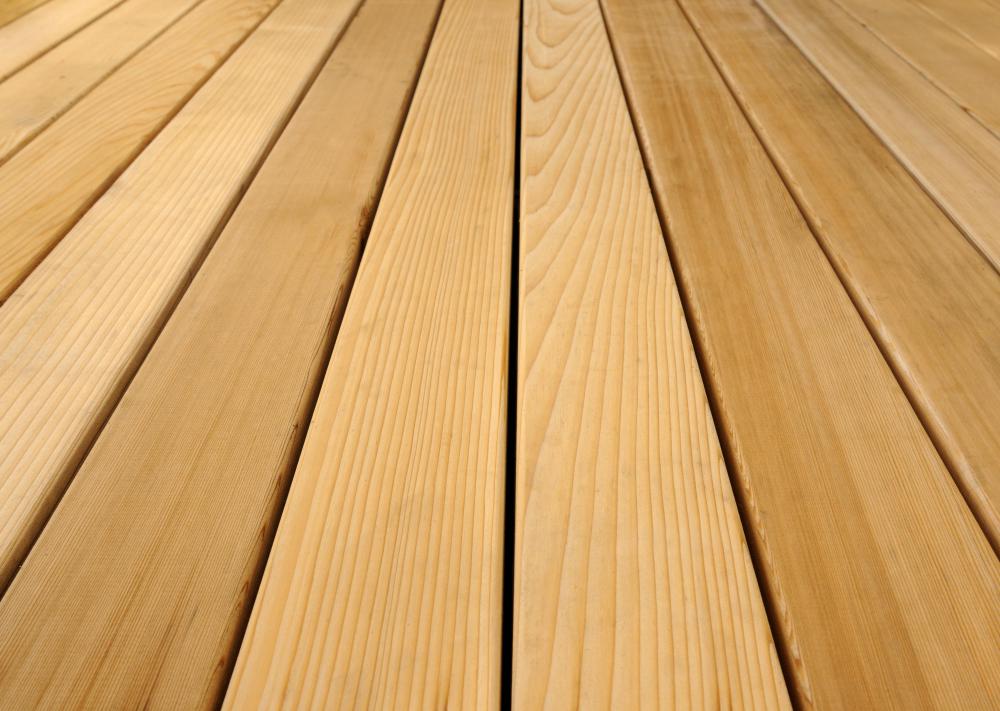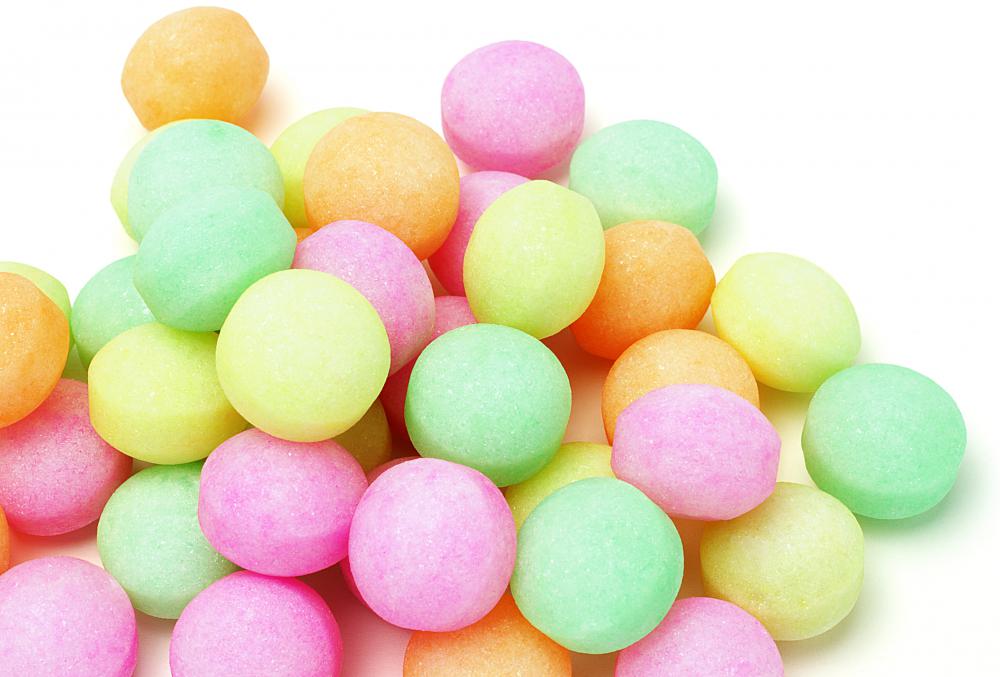What is a Moth?
A moth is a type of winged insect which ranges in size from very small at 0.08 inch (2 mm) to rather large at 11.8 inches (300 mm) across. There are roughly 165,000 species in the world, with 13,000 of those living in North America. Moths in larval form live literally anywhere on their host plant, from on its leaves to inside the plant itself or underground on its roots. Some larvae are even aquatic. Adult moths usually live near the plant they fed on as a larva.
Moths start their lives as fertilized eggs, which hatch into larvae, which are wingless worm-like insects commonly known as caterpillars. The type of food a particular larva consumes depends on which species it belongs to. In general, larvae eat leaves, roots, stems, fungi, decaying plant material, grain, or fabric made from cotton or wool. The larva then forms a cocoon around itself and becomes a pupa, which is the stage in which it metamorphoses into an adult.

The adult moth has wings and generally has different coloration than the larva. Adult moths eat nectar, sugary insect secretions, tree sap, or other foods. Because larvae and adults eat voraciously, they are considered pests in many parts of the world, and the gypsy moth in particular is considered a dangerous pest because it can severely damage forests. The adult life span varies by species, with some living only days while others live several months.

Because moths are very similar to butterflies, they are often confused with each other. However, there are several ways to distinguish between the two. An adult moth typically has feathery antennae, is active at night, and rests with its wings held horizontally. Adult butterflies, however, usually have knobby or hooked antennae, are active during the day, and hold their wings vertically when at rest.

Many species of moths are household pests, so a common concern is of how to prevent an infestation in one's home. While mothballs are often effective, the active ingredient in mothballs, naphthalene, may cause human health issues. Alternative but less effective ways to prevent infestations are to use juniper wood, cedar wood, or lavender oil. Existing infestations may be stopped by freezing the infested materials for several days at a temperature below 18°F (-7.7°C) because doing so will kill any eggs.
AS FEATURED ON:
AS FEATURED ON:

















Discussion Comments
@feruze-- If you don't want to call an exterminator or use chemicals to kill them, you can try vacuuming and freezing. Vacuuming can get rid of the larvae, and so will freezing any fabrics that are infested with them.
I suggest you throw out the mothballs, they are cancerous! The chemicals get into the air and you inhale them. If the infestation is very bad and you can't deal with it, I think you're better off calling an exterminator. If you stay somewhere else for a day or two and air out the house, you will be fine. It's a sure way of moth eradication.
@burcidi-- Yes, both butterflies and moths go through metamorphosis but that doesn't mean they're the same. As far as I know, moths existed far before butterflies. I tell them apart by looking at the colors. Moths generally have dull colors and butterflies are more colorful. And moths have larger, furry bodies.
I'm almost an expert at recognizing moths now because I'm dealing with a moth infestation at my house. Moths seem to breed really fast. I thought I got rid of them for a while but they came back and in far more numbers. They eat away at my fabrics, it's horrible! I really don't know what to do and mothballs don't get rid of them.
Does anyone know of a good way to get rid of moths?
@leilani-- That's so cool! I never knew that!
I think there is more confusion and misinformation about moths than we realize. Despite being interested in these topics, I realized how little I know about moths after reading this article which is a shame.
I didn't know that moths and butterflies aren't the same. Don't butterflies go through the same metamorphosis that moths do? I think that's what confused me.
And I thought that moths only live for one day. That was always what adults told me as a child. What is the longest time a moth can live for? And why are their life spans so short? Is there a scientific explanation for that?
One of the moths that is most useful is the silk producing moth. Actually it is one of the stages of moth, the silkworm, the larvae of caterpillar that produces natural silk. In China they have been bread for many thousands of years.
Post your comments